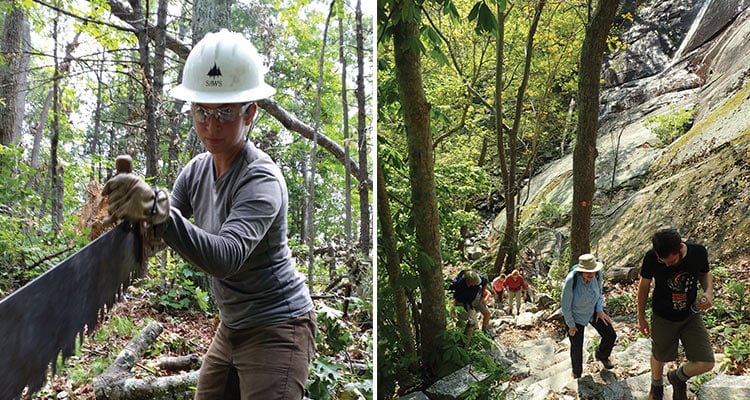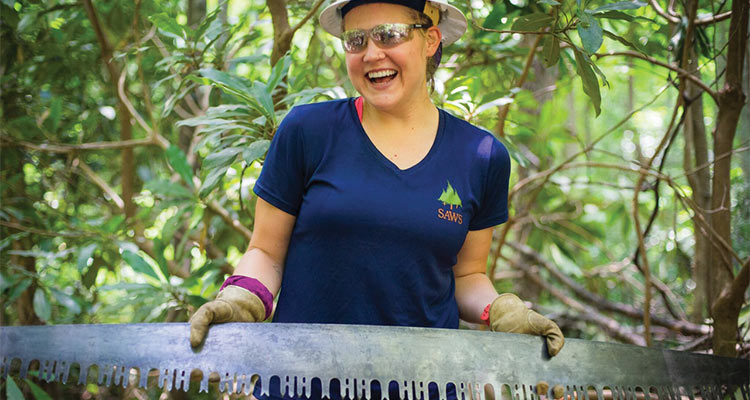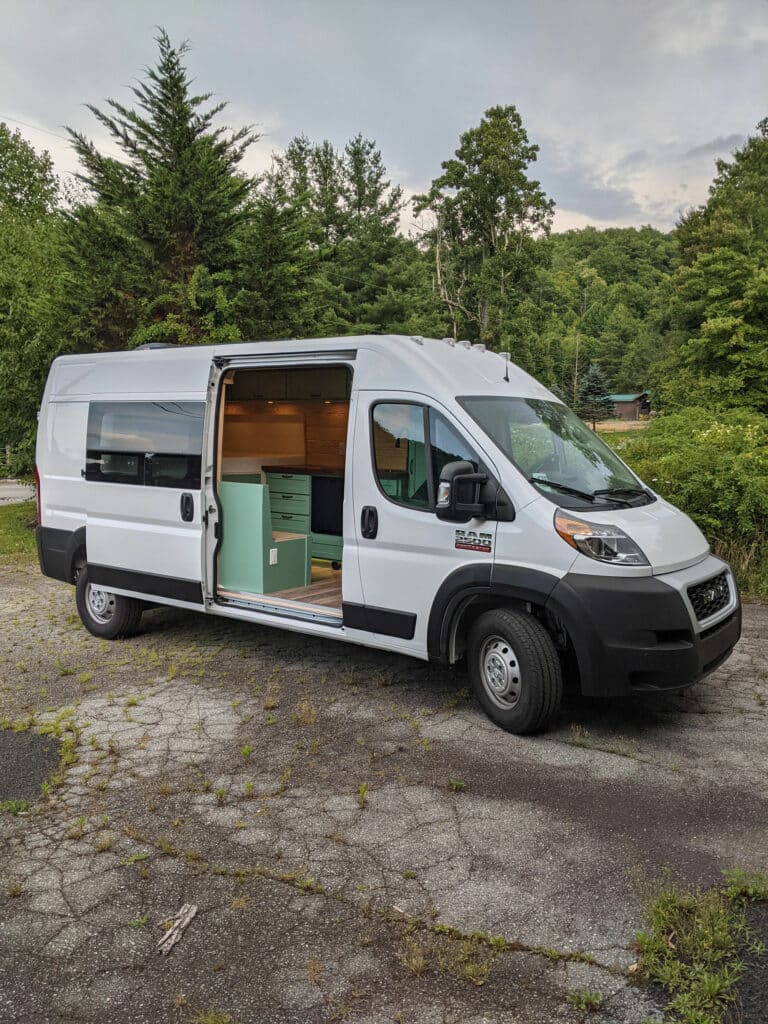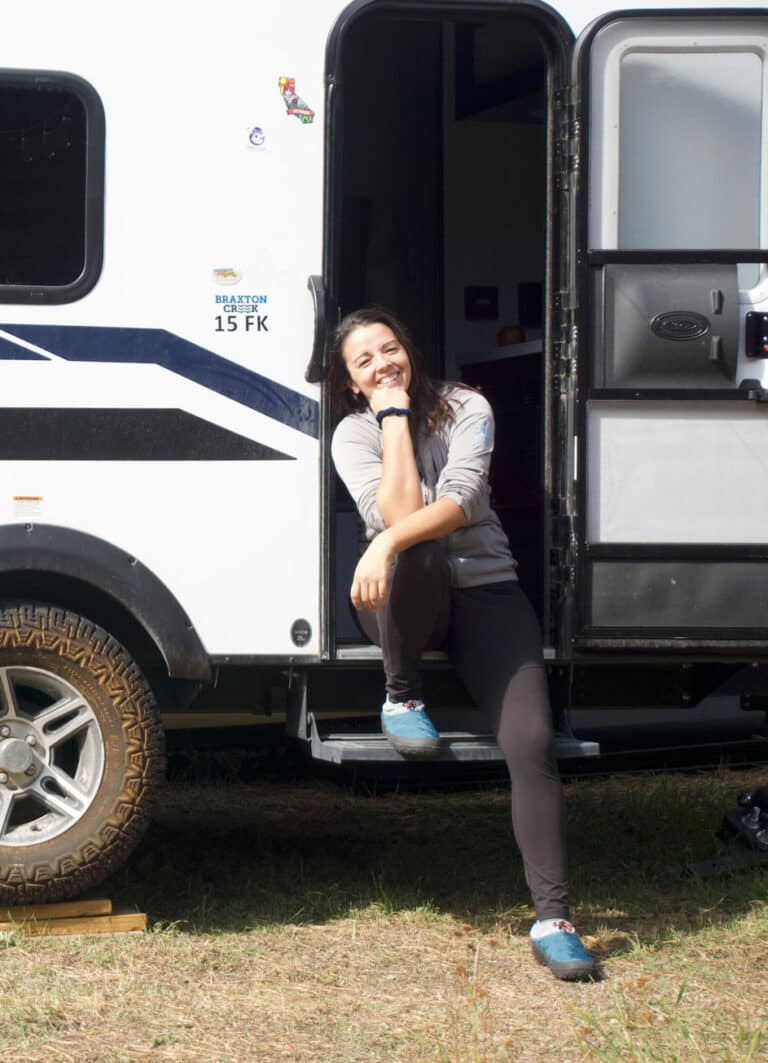Over three million people hike along the iconic Appalachian Trail each year. The 2,191-mile footpath is maintained almost entirely by volunteers.
While the National Park Service officially oversees the A.T., resources to maintain the trail have long been insufficient. The Park Service counts just 10 full-time employees dedicated to its management.
Enter the Appalachian Trail Conservancy (ATC), a non-profit organization started in 1925 with the sole intent to help coordinate the volunteer efforts of the 31 hiking clubs dedicated to managing, protecting, clearing, maintaining and, when necessary, rerouting the A.T. “Our volunteers are the prime movers that keep the trail in good shape,” says Morgan Sommerville, Southeast Regional Director of the ATC. “Without them, the A.T. would not exist.”
Neither would most other trails across the region. In 2005, the U.S. Forest Service considered closing many of the popular trails at Bent Creek Experimental Forest near Asheville because they didn’t have the money or the labor force to maintain them. That’s when a group of volunteers banded together to form the Pisgah Area Southern Off-Road Bicycle Association (SORBA), which now maintains some 150 miles of trail inside Pisgah National Forest—including 100% of Bent Creek’s trails. “The Forest Service contacts us when anything from rerouting trails to building bridges needs to get done,” says Jeff Keener, the president of Pisgah SORBA.
Keener says that his organization has about 300 members—all of whom are unpaid volunteers—who meet up weekly to clear drainage clogs, hack brush, and remove fallen branches. The organization also applies for grant money to help fund more extensive projects. To date, they have raised more than $420,000. A portion of their first grant for $184,000 was used to reroute Spencer Branch, a 2.5-mile downhill trail in North Mills River, which required hiring a trail building contractor to tackle the heavy construction work over an eight-week period.
A dirty secret of trail work, especially building new trails, is just how expensive it can be. Deno Contos, the owner of Benchmark Trails in Greenville, S.C., has been building and rerouting trails in the region for more than 19 years. He says that a general rule of thumb is that trail work can cost anywhere from $3 to $10 per linear foot depending on the complexity and location of the work—or about $16,000 to $52,800 for every mile of trail.
A major factor in the cost of a project is whether machinery like a walk-behind mini-excavator or powered rock-drills can be used, says Contos, who employs 12 fulltime workers. “It is cheaper and more efficient to use mechanized equipment,” he says. “We can then hand-groom things to make everything look as natural as possible.”

One of the recent jobs Contos and his crew tackled was building about 250 stone steps on the newly opened Wildcat Rock Trail outside of Lake Lure, which involved using power drills to split boulders on site combined with a tree-mounted cable system to move the 400-pound slabs into place.
In total, the new trail—which took four years to complete—required 2,000 hours of volunteer labor and some $200,000 in construction costs, says Peter Barr, the Trails Coordinator for Conserving Carolina.
When a trail like the A.T. crosses through a federally designated wilderness area, however, trail workers are not allowed to use any power tools. That’s usually when Bill Hodge, the Executive Director of the Southern Appalachian Wilderness Stewards, SAWS, gets a call. Hodge founded SAWS in 2010 as a way to build teams armed with the backcountry skills needed to maintain and rebuild trails in the most remote and gnarly wilderness areas across five national forests in five different states—an area of about 378,000 acres.
“It takes an entire community to keep trails on public land open,” says Hodge, whose teams average a total of 15,000 to 20,000 hours of work each year.
On a typical assignment, a six-person SAWS crew packs up their food and equipment—which includes six-foot-long, 85-year-old crosscut saws they carry on their shoulders—and then hikes up to eight miles into the wilderness, sets up camp, and spends days or weeks working on trails.
An example of a SAWS project involved installing erosion control structures along the 6,000-foot-high Black Mountain Crest Trail that also serve as a new set of wooden steps connecting Potato Knob with Deep Gap. In that case, a SAWS crew partnered with volunteers from the North Carolina High Peaks Trail Association and the Forest Service to fell locust trees in the area, strip them of bark, and cut them into four- to six-foot-long logs. The project took two weeks to complete.
“That was a true collaborative effort between those three entities to get those steps in there,” says Jake Blood, Vice President of the North Carolina High Peaks Trail Association, who volunteers on a weekly basis to maintain trails on and near Mount Mitchell—including the centuries-old, 12-mile-long Mount Mitchell Trail.
Blood says he is excited about several new land acquisitions that, when completed, will double the size of Mount Mitchell State Park—and add the potential for new sustainably-built trails on its western slope. When that time comes, he knows it will take the combined efforts of volunteers, non-profits, and the Forest Service to get the work done.








